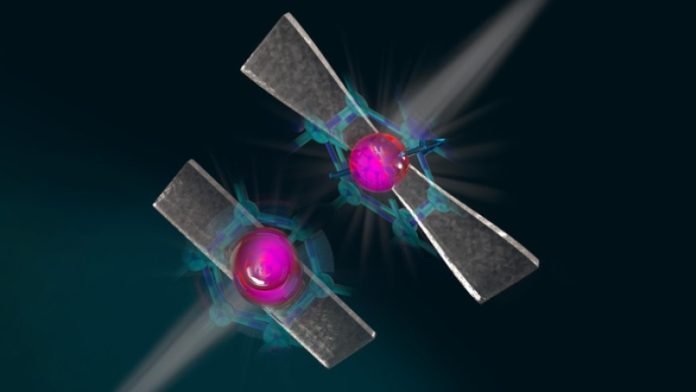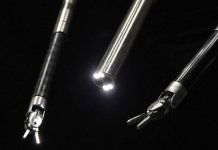
Quantum computing might sound like something out of a sci-fi movie, but it’s real, and scientists are working hard to make it better.
A team from the University of Chicago, Argonne National Laboratory, and Cambridge University has just made a big leap forward.
Supported by the U.S. National Science Foundation, they’ve found a new way to use diamonds to create better “quantum bits” – the building blocks of quantum computing.
This discovery could help make quantum networks, a super-advanced form of computing, much easier to achieve.
Quantum computing is exciting because it has the potential to be much more powerful than the computers we use today.
It can also be super secure, making it really hard for hackers to break into.
But, turning this idea into something we can use every day is tricky. One of the biggest problems is that the tiny parts that carry information in a quantum network, called qubits, are really sensitive. They don’t like heat or shaking around, so scientists have to keep them super cold to work properly.
Until now, setting up these qubits required big, room-sized fridges and a lot of experts to run them. Alex High from UChicago, who led this study, explains that their new technique changes all that.
It means these quantum bits can work at higher temperatures, making everything less complicated and expensive.
So, how did they do it? The secret is in stretching diamonds. Yes, you read that right – stretching diamonds! But we’re not talking about pulling and squeezing like you would with a rubber band. This is all happening on a super tiny, molecular level.
Diamonds are already known to be a great material for making these qubits. They’re really good at keeping quantum connections, known as entanglement, for a long time.
Normally, to get this to work, the diamonds need to be almost as cold as it’s physically possible to get – just a bit above absolute zero.
The researchers got creative and figured out how to stretch the diamond by placing a thin film of it over hot glass. As the glass cools down, it shrinks more slowly than the diamond, gently stretching the diamond’s structure. It’s like how roads expand or contract when the ground underneath gets hot or cold.
By doing this, they’ve managed to make these qubits easier to handle. This is a big deal because it means quantum computing could become more practical and widespread.
Tom Kuech from the National Science Foundation sees a lot of potential in this. He says this project is part of their efforts to turn these advanced quantum technologies into something we can really use.
In simple terms, what these smart scientists have done is like finding a way to make a super-delicate, high-tech ingredient easier to cook with. This could be a game-changer in the kitchen of quantum computing, making it possible to whip up some amazing new technologies in the future.
The study was published in Physical Review X.



